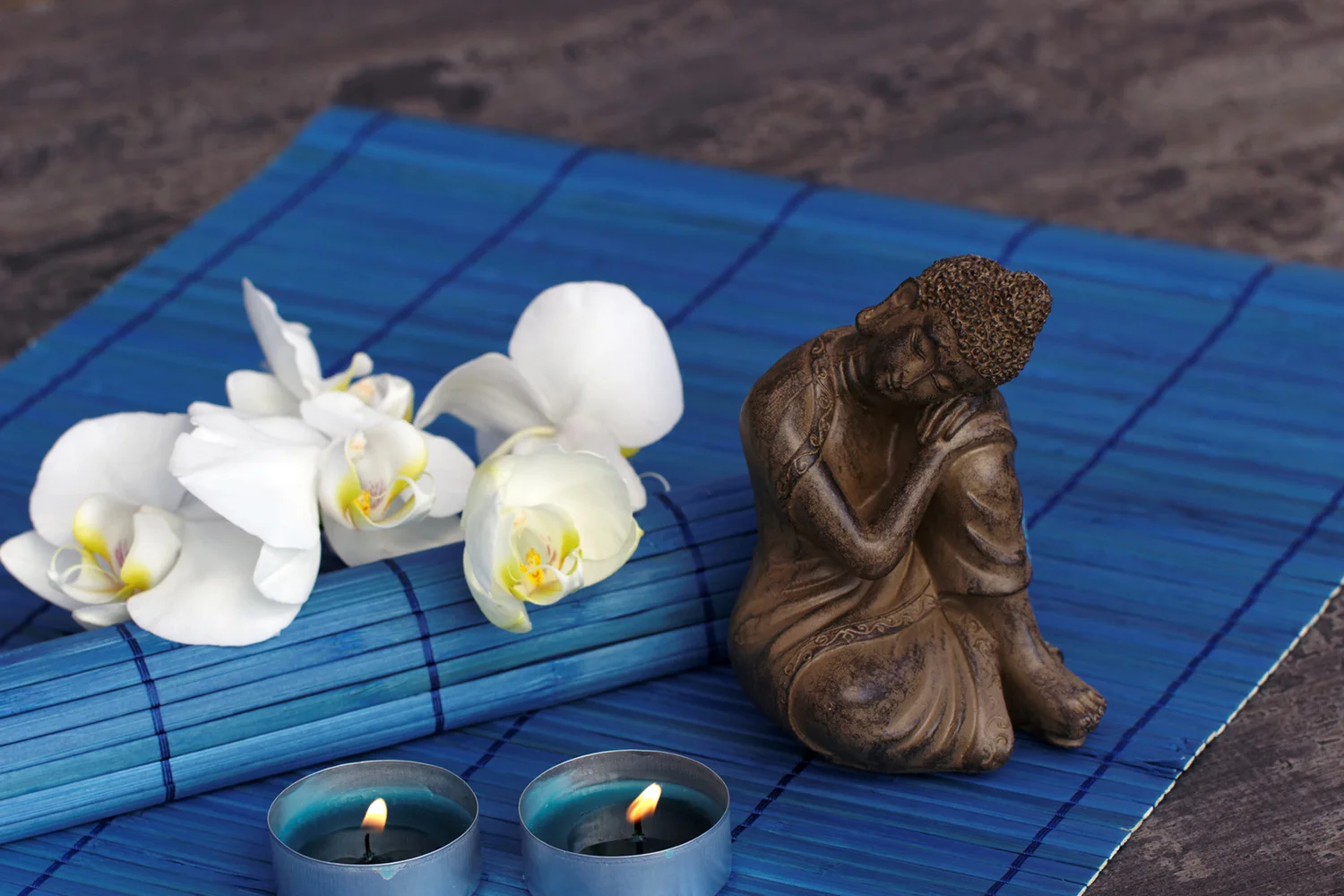Welcome to my new blog.
Shanti River is the name of the center I have started in Ashland Oregon as a gathering place for discussions on non-duality, spiritual awakening and the kundalini process. For 10 years I have had websites dedicated to these themes, and a kundalini blog at blogging.com, but I hope to expand with this new invitation on wordpress to people who are seeking a deep discussion on the possibilities inherent in the awakening of consciousness, often called simply Waking Up, and in its fullest unfolding called enlightenment, meeting your True Nature, or Self-realization. I have just returned from a conference on Science and Non-duality held in San Rafael CA and there I found several hundred people engaged in a search for the core Truth of our existence, many of whom have reported “awakening” and others who are dedicated to a search within themselves for the realization spoken of in scriptures of every tradition.
This is a major movement in the West. Many eastern traditions begin teaching here in the U.S. from the 1930′s onward, but these teachings appeared esoteric and requiring a commitment and devotion to a teacher or system that seemed foreign and incapable of integration into the lives of most westerners. These eastern schools had much to offer in terms of their emphasis on turning inward for the Truth, and learning to be at One with our inner silence. Some, like Yoga, tantra and Qigong, offered energy practices that have initiated many people into subtle energy changes that impact their consciousness and their lives.
But the opening now — the emphasis on simply awakening, and the non-dual realization of Oneness with all things — is presented in a much more simple and direct way by many who have had a glimpse of what it is to know consciousness in its primal form, before it is entwined with the forms, thoughts, concepts, senses and emotions of the relative appearance of the world. Through their insights we begin to see that awakening is not an experience available only to those with saintly lives, but seems to be possible to all humans who sincerely open to it, especially as it is only the realization of our own deep essence, which is shared by all. So it can be remembered if one can only let go, even momentarily, of the identifications and attachments of the separate self. In this letting go we discover the stillness and expansiveness of consciousness (without a me moderating it), and this is a life-changing event.
I have met about 2000 people in the years since I began this work who have had awakenings of energy or consciousness or both. Some were in formal spiritual traditions, some had dived into many different practices and teachings, and some woke up spontaneously without any preparation at all. Most were confused about what happened to them and no longer felt connected to their old identities and interests, but could find no one to talk to about the changes, either in psychology or religious groups. There has been no clear understanding of the primacy and the nature of consciousness in either field, and no clarity about what it means to know you are not the character you have been trained and conditioned to be.
From the moment of conception a spark of consciousness begins to develop a sense of separation, finding itself in a human body that is being formed with certain DNA, and then identified quickly enough as male or female, and soon afterwards in a family role, a nationality and race, a certain kind of education, and all along the way it develops a sense of who it must be to survive. If it is blessed it learns the world is a friendly place; if not it learns to be protected on defended in many ways. All of this conditioning and training is considered healthy if one ends up with a good identity and a positive sense of separate self emerges out of it. But of course most children internalize a lot of beliefs about inadequacy, inherent “badness” and not fitting the status quo.
In this “becoming human” process the absolute source from which we began, and the sense of peace and wholeness that is our innate condition, is clouded and contracted. Meditation is simply a process of remembering and returning to this, seeing through thoughts and sensations and perceptions as subtle forms created by experiences collected while consciousness inhabits a human body.It allows us to discover an inner silence that can open us to our true nature, and thus to insights about the nature of all. Awakening happens in the dropping of all identifications and the pure explosion of consciousness itself.
There are many conditions that may precede or follow the awakening of consciousness, including the arising of kundalini energy, the energy of the subtle body field that carries all our inner experiences of senses, feelings, thoughts, etc. Many challenging and many blissful phenomena may follow a kundalini awakening, which is described in much detail on my website www.kundaliniguide.com. I have spent many years offering guidance to people who have difficulties with this process. But a shift in consciousness can bring its own difficulties and confusions, because it orients you differently in the world, and you no longer feel like your former self. There can be non-ordinary experiences, mood swings, a kind of brain fogginess, and a shifting back and forth between feeling very clear and present to feeling like you have lost something wonderful when the clarity and presence shifts away. It can take months and years for an awakening process to stabilize and a return to letting this awakening live through you as its own expression in life. You, the character, do not become enlightened. The character of ” me” becomes nearly irrelevant, although the flavor remains, and the sense is more of a presence or consciousness that is peaceful and open to life moving through you [or as you] and responds in a more natural way to whatever arises.
There are many kinds of “spiritual” experiences, openings, insights, visions, heart openings etc. All can be rich and good for the evolving of the “me” into a more compassionate, wise and capable person. But when all these events have happened, many people still wonder, is that all there is? Who am I really? Then there may follow a deeper questioning about who or what is having these experiences, and a discovery it is the same presence that has all experiences, good, bad, spiritual, profane. Ultimately one can not feel complete and at peace until they have released all the phenomena and directly felt themselves to be the source.
It won’t make your life perfect or make you powerful. It only makes you free to live in a natural way and with a natural connection to life as it is.
This blogspot is for those who are on this journey and would like to share their journey or ask questions related to the phenomena along the way. I hope to include reviews of books and teachings by other non-dual teachers and to bring my experience of many years practice and listening to others to help readers feel more at home in this process. Although one can only use language to form concepts and mental positions, I hope this site will offer pointers beyond any concept and encourage you to fall within your own stillness to find what is true that cannot be said in words, what is real that cannot ever be lost or diminished, and what is eternal.





